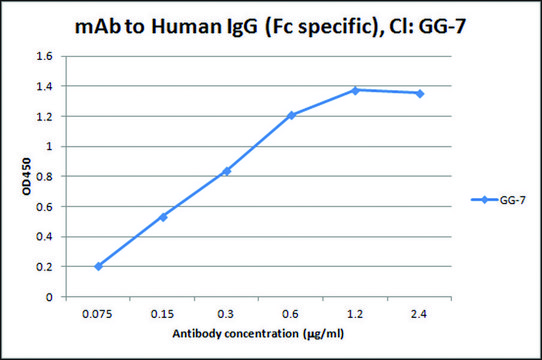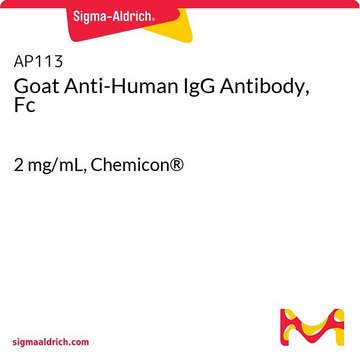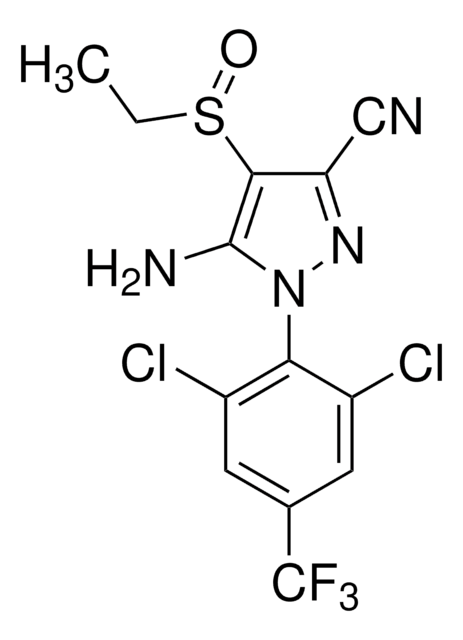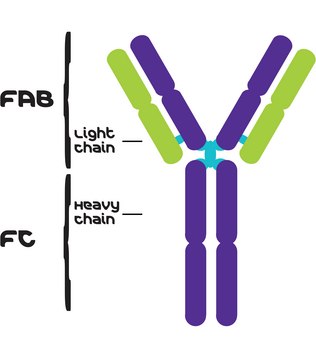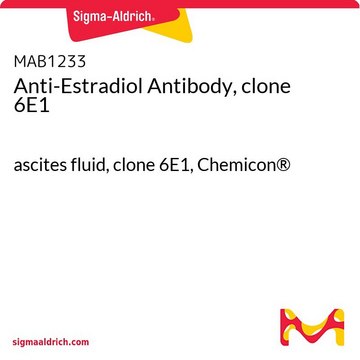496812
7-Allyl-7,8-dihydro-8-oxoguanosine
95%
Synonym(s):
Loxoribine
About This Item
Recommended Products
Quality Level
assay
95%
optical activity
[α]21/D −32°, c = 1 in H2O
mp
227-230 °C (lit.)
SMILES string
NC1=NC2=C(N(CC=C)C(=O)N2[C@@H]3O[C@H](CO)[C@@H](O)[C@H]3O)C(=O)N1
InChI
1S/C13H17N5O6/c1-2-3-17-6-9(15-12(14)16-10(6)22)18(13(17)23)11-8(21)7(20)5(4-19)24-11/h2,5,7-8,11,19-21H,1,3-4H2,(H3,14,15,16,22)/t5-,7-,8-,11-/m1/s1
InChI key
VDCRFBBZFHHYGT-IOSLPCCCSA-N
Looking for similar products? Visit Product Comparison Guide
Related Categories
Application
Storage Class
11 - Combustible Solids
wgk_germany
WGK 3
flash_point_f
Not applicable
flash_point_c
Not applicable
ppe
Eyeshields, Gloves, type N95 (US)
Choose from one of the most recent versions:
Already Own This Product?
Find documentation for the products that you have recently purchased in the Document Library.
Our team of scientists has experience in all areas of research including Life Science, Material Science, Chemical Synthesis, Chromatography, Analytical and many others.
Contact Technical Service